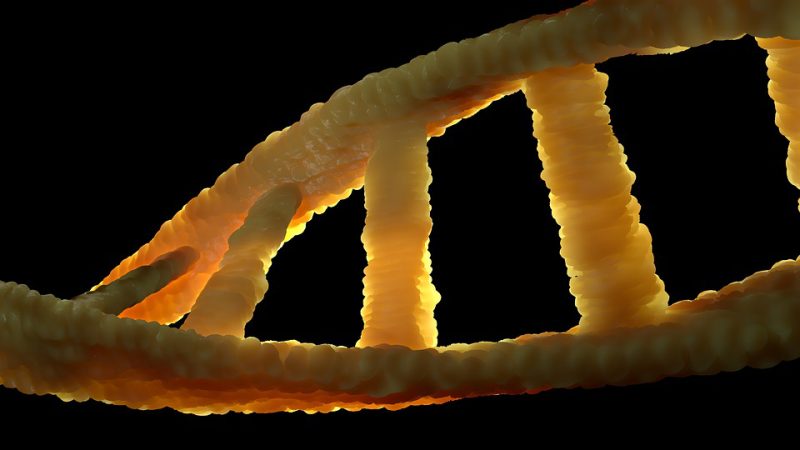Scientists from the Department of Biotechnology at the University of Natural Resources and Life Sciences (BOKU) Vienna and the Austrian Centre of Industrial Biotechnology (acib) discovered a gene switch in yeast, that was able to change twelve genes – and thereby the metabolic process of yeast as a whole. This work explains evolutionary events that happened more than 120 million years ago. The results have recently been published in the scientific journal Nature Communications and have the potential to be used in the food and feed industry and for the production of bio fuels and new building blocks for bioplastics.
Since centuries, humans use the astonishing ability of yeast to convert sugar into alcohol and carbon dioxide with the help of fermentation for products like beer, wine and baking bread. Although yeasts like Saccharomyces cerevisiae, also known as baker’s yeast, are well documented and used as primary organisms for laboratory experiments and a production platform for bioethanol, there is relatively little known about the evolutionary origins of these fungi. This changed recently when scientists accidentally found a single gene switch, which is responsible for boosting all fermentation processes in “ancient” yeasts, turning them into modern yeast as we know them today.
Fast track evolution
This gene mutation, to summarize the results of the biotechnologists, is related to the fact that 150 million years ago sugary fruit plants began to grow. At the same time, monocellular yeast fungi developed the ability to quickly transform sugar into alcohol and carbon dioxide, giving them the advantage to grow faster compared to other microorganisms. By chance or in an attempt to respond to changing environmental conditions, a complex modification in the metabolism of these yeasts took place by changing twelve genes at the same time. For illustration purposes, the scientists compare the responsible yeast switch with the signal control center of a train station, changing the railway switches in a controlled and coordinated way.
What took nature millions of years, now takes a very short time in lab simulations: Holding the key for the evolution of yeast fermentation in their hands, the scientists want to reproduce the whole fermentation process to find out how different characteristics in the metabolism of yeasts are controlled out, how they emerge and if it is possible to transfer them to other yeast strains.
Powerful yeasts
With the scientific findings it will be possible to enhance the performance of yeasts and to develop improved yeasts as tools for the industry for the production of citric, lactic and fatty acids as well as biofuels e.g. ethanol, or bioplastics from natural and renewable energy sources.
Ata Ö, Rebnegger C, Tatto NE, Valli M, Mairinger T, Hann S, Steiger M, Calik P, Mattanovich D: A single Gal4-like transcription factor activates the Crabtree effect in Komagataella Phaffii. Nature Communications 2018, 9, 4911 https://www.nature.com/articles/s41467-018-07430-4
